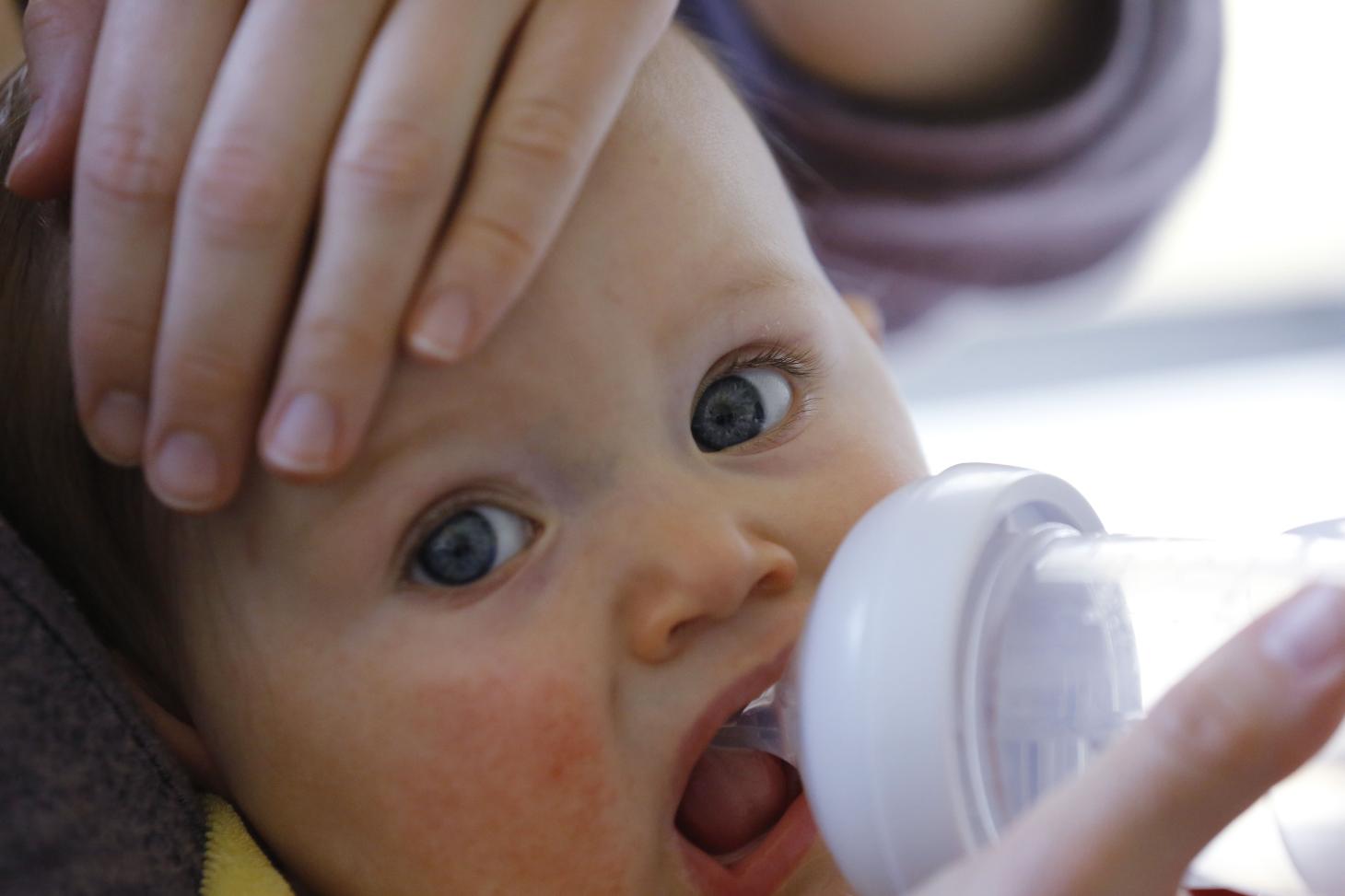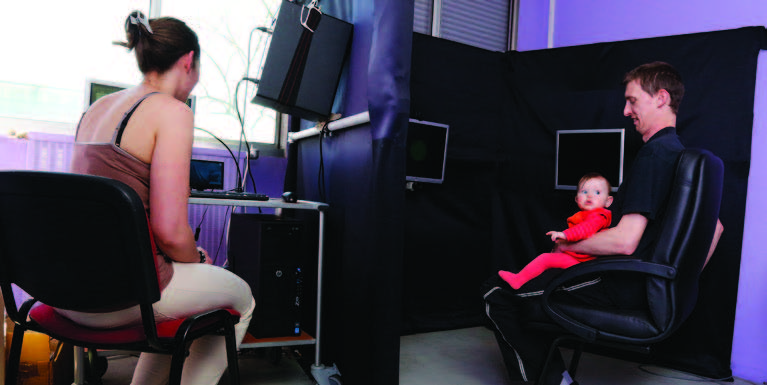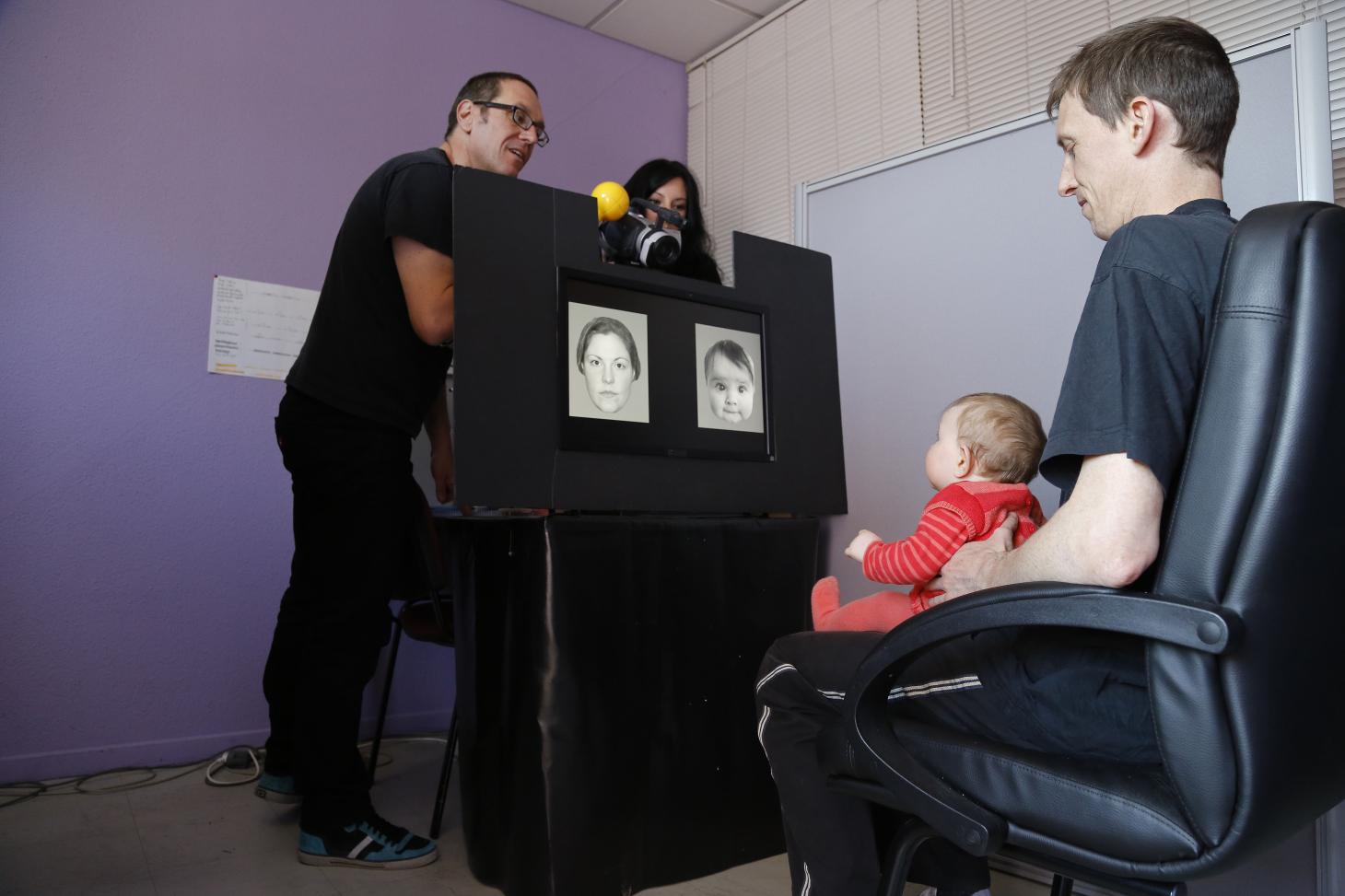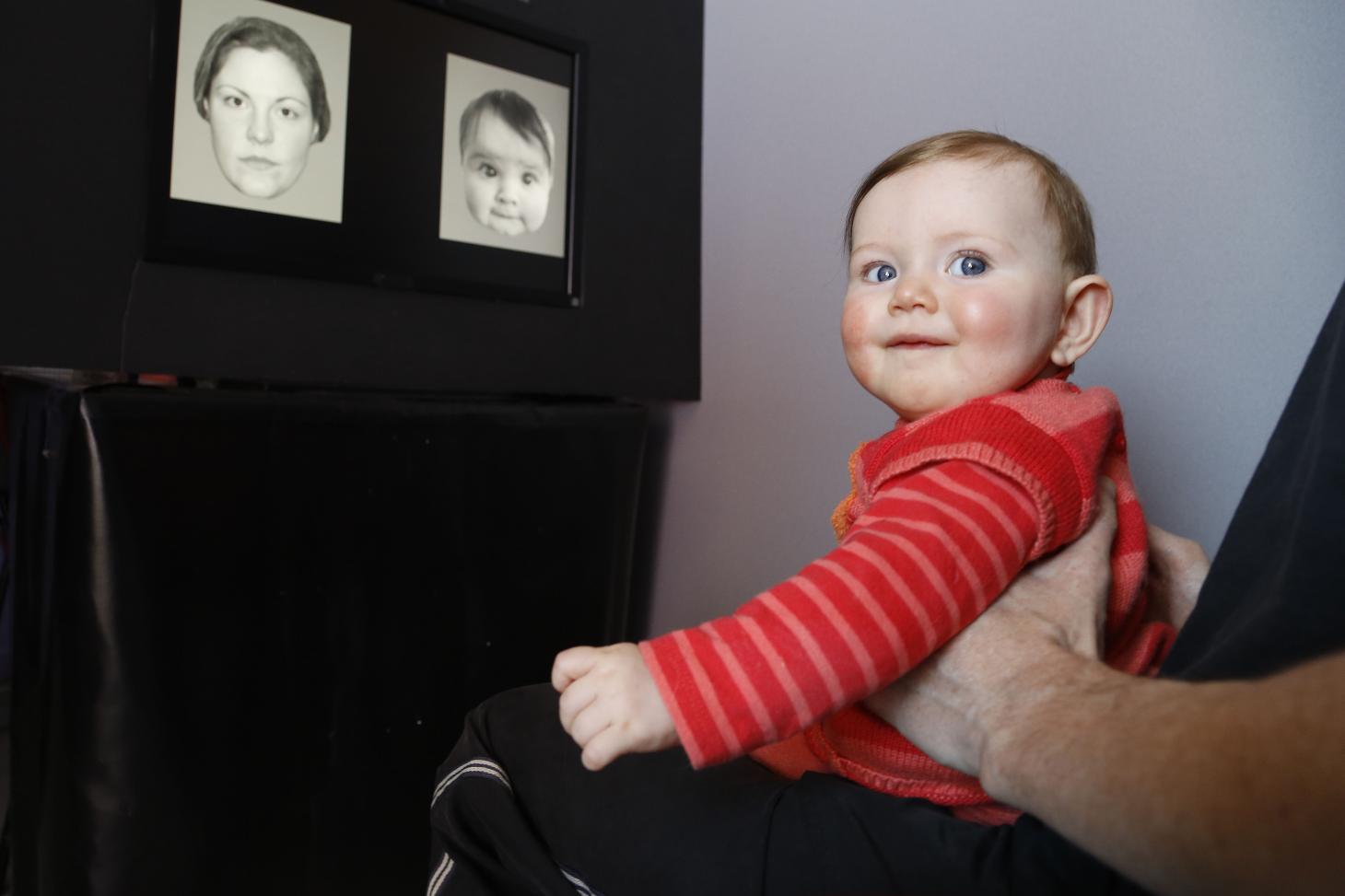- Share
- Share on Facebook
- Share on X
- Share on LinkedIn
Smell and taste
To learn about infants' taste and smell preferences, researchers observe their facial expressions when they are presented with different flavors or smells, or if they prefer to move toward one smell over another. In the presence of sugar, infants begin to suckle and have relaxed faces. They show disgust at the rotten smell but accept with satisfaction the smell of banana or vanilla. Other studies have shown that three-day-old newborns gravitate toward their mother's scent rather than a stranger's scent, which soothes them when they are undergoing a somewhat painful treatment. or when they cry. Some preferences, like that for sugar, are observed early and are universal. Others are linked to prenatal experiences, and in particular to what the mother consumed in the last weeks of pregnancy. This learning continues if infants are breastfed because we know that taste varies depending on what the mother consumes.

Hearing and language perception
Fetuses begin to be sensitive to noise from the 6th month of pregnancy, they then perceive their mother's voice in utero. They are already sensitive to subtle contrasts, like the difference between "ba" and "bi." Newborns a few days old recognize and prefer their mother's voice to that of an unknown woman. During the first year of life, they gradually become experts in the consonants and vowels of their mother tongue(s), and clearly perceive the fine differences between the sounds of language, when these do not belong to the ambient language. Concerning the mother tongue, several studies have shown that, from birth, newborns prefer to listen to sentences said in their mother tongue rather than sentences said in a foreign language. This preference seems to be based on the prosody of the sentence (i.e. the melody of the sentence, the intonation, the rhythm) and not on the recognition of isolated words.

Newborn vision
Advances in research allow us to know more precisely what newborns are capable of seeing. Their “visual acuity” is ten to thirty times weaker than that of adults but it allows them to perceive the features of a face located thirty centimeters away. They are sensitive to color contrasts, so they are able to differentiate white from bright red or bright green but not white from pale red and green from yellow, blue and purple. At birth, they are able to differentiate between triangles, squares and circles. They prefer to look at structured, regular rather than irregular shapes, shapes with curves rather than straight lines, highly contrasted objects rather than weakly contrasted objects, three-dimensional objects rather than a two-dimensional representation of these same objects (drawing or photo).

Newborns and the perception of faces
From birth, infants are interested in faces and prefer to look at a face rather than anything else. This attraction to faces will allow them to establish their first connections with those around them. Gradually, they will be able to differentiate faces that are familiar to them from other faces. If it is a woman who takes care of him more, the three-month-old infant will prefer to look at female faces. If it is a man, the infant will prefer to look at male faces. Newborns recognize their mother's face after three days, but only if she takes advantage of the few hours the infant is awake to talk to him. It is thanks to the outline of the head and hair that newborns recognize their mother. If the latter puts glasses or a scarf on his head, for example, the infant is no longer able to recognize his mother's face. He then relies on other clues (voice, smell, etc.) for recognition. . The role of first contacts is important and other work has shown that newborns prefer the faces of adults rather than children.


- Share
- Share on Facebook
- Share on X
- Share on LinkedIn
